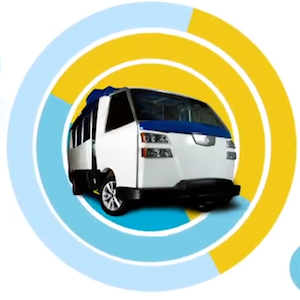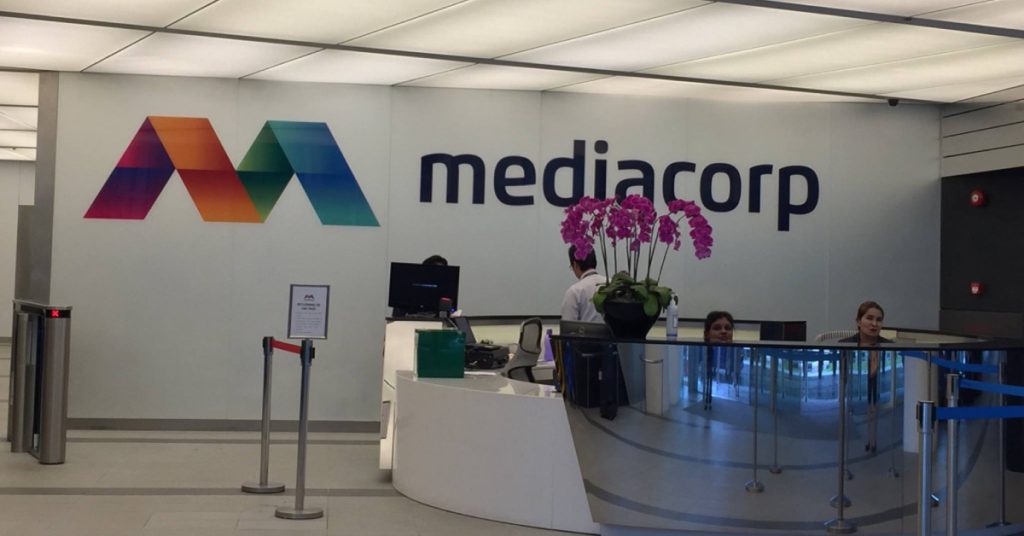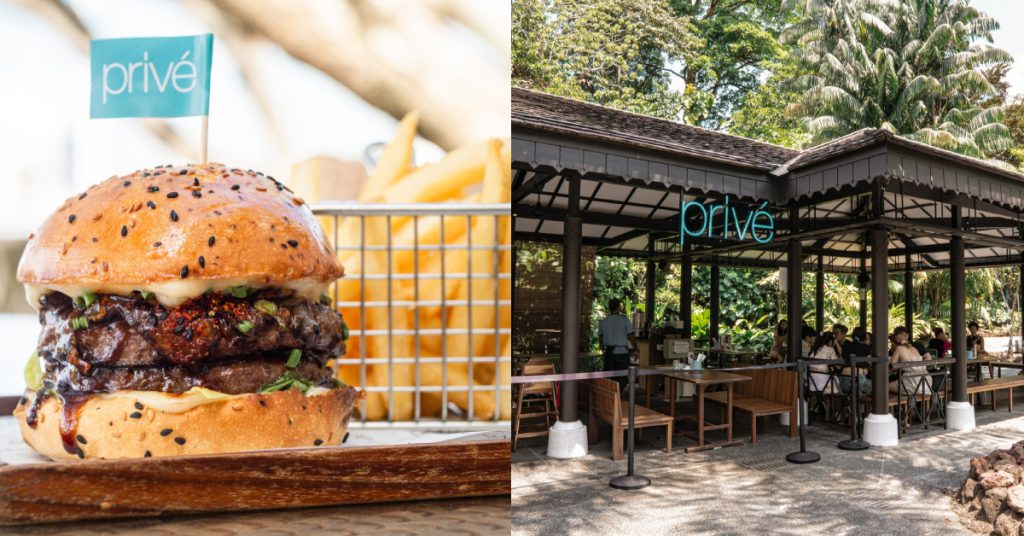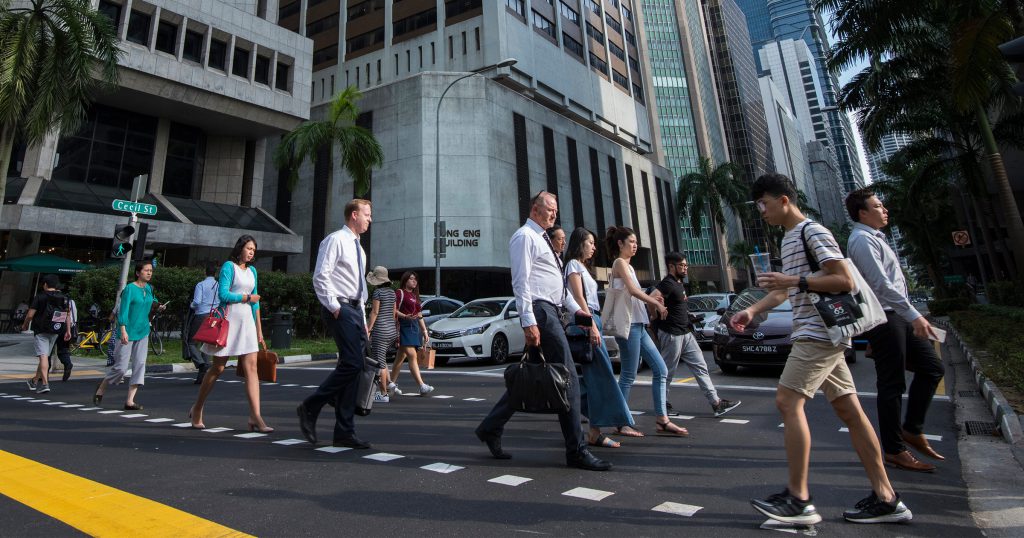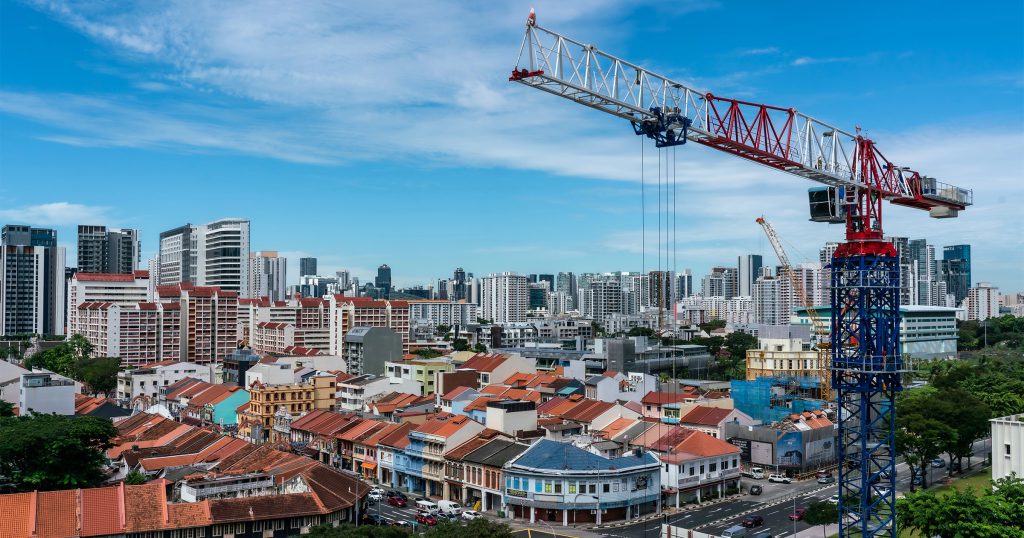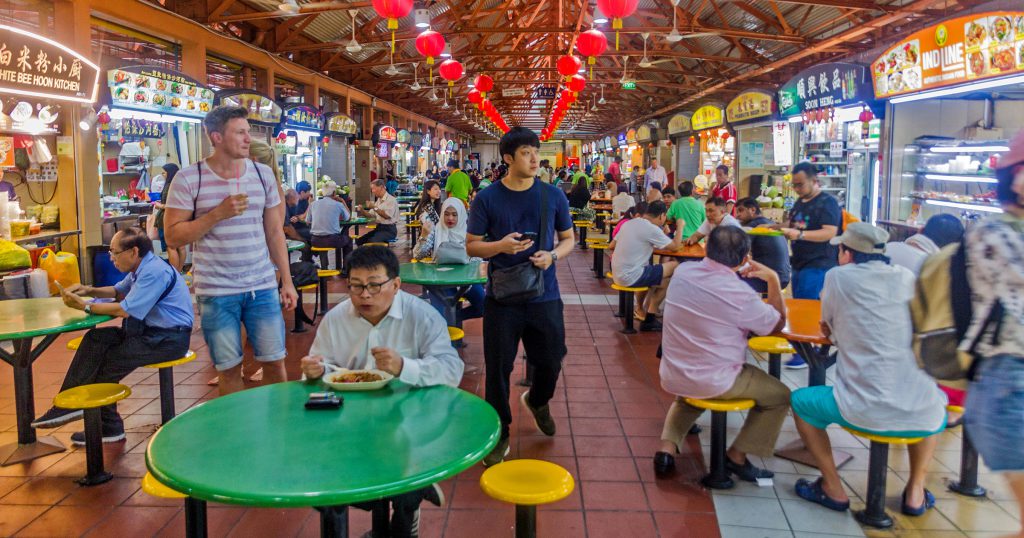The jeepney is the king of the road in the Philippines.
Inspired by the US military vehicle called “Jeeps”, it was customized and remodeled to accommodate twice the number of people. Soon, it became the primary mode of transportation virtually everywhere in the country. It is a fancy vehicle that can be decorated with color and images.
It has become a cultural icon – something that can only be found and be associated with the Philippines.
However, the jeepneys of today have become a symbol of the country’s depressing state of transportation. Manila’s roads are heavily congested with public utility vehicles. 40% of them are jeepneys. Pollution is at an all-time high. The drivers’ welfare are often directly affected by oil price hikes, which in turn, are affected not just by the global oil price but also by the ologopolic nature of Philippine oil companies.
You can say that the jeepney is an already outdated piece of technology, but is there an alternative?
GET Philippines thinks they have the solution.
Enter COMET, or City Optimized Managed Electric Transport – a mammoth piece of vehicle that looks like a cross between a jeep and a bus. The media dubs it as a new e-jeepney. GET Philippines actually looks at it as a shuttle, an alternative that has all of the jeepney’s good traits minus its flaws.
COMET is powered by an electric battery, a radical difference from the jeepney’s diesel-powered engine. The battery in particular, is made from lithium iron phospate, the same battery that powers most of today’s technology, such as your Android phone.
Running on electricity means it will not add to Manila’s already insane volume of smoke emission. Not emitting pollution means it can improve the welfare of all the commuters, who are exposed to dirty air every time they commute to and from work. Drivers also do not have to scratch their heads because of rising oil prices.
The Problems It Solves
Commuters
GET Philippines’ vision is to ultimately replace the jeepneys on the streets of Manila, and eventually in all metropolitan areas in the country. This goal does have its good intentions that could benefit three kinds of people – the commuters, the drivers, and the eventual owners of each COMET vehicle.
Commuters do not have to pay a premium when riding this e-Jeepney. They just need to pay the same fare as they would pay a normal jeep.
That’s probably ridiculous, considering that the COMET has all kinds of amenities to benefit the commuter. It has WiFi, GPS, and CCTV. It has doors on the side and not on the back. This is very significant to the way one passenger exits the vehicle (on the side of the road instead of between vehicles). Inside, passengers who were not able to sit can stand, as it has a head clearance of 6 feet.
So why did GET insist that passengers need to only pay the same fare as they would an ordinary jeep?enablejsapi=1&html5=1&
In an exclusive interview with Armi Consuji, GET’s director of communications, the COMET’s energy efficiency and streamlined design ensure that it is cost efficient and is able to operate within the bounds of regulated jeepney fares.
“Its efficiency translates to a peso value that is roughly half of a jeepney’s diesel consumption, and the COMET does not consume any electricity when it is at a standstill during traffic, unlike diesel or gas-powered engines which still use fuel even when the vehicles are not in motion. Also, the COMET is designed with fewer major parts and is lighter than the jeep, only 1/3 of its weight, therefore its vehicle consumables such as brake pads and tires do not wear and tear as much. All of these ultimately translates to more savings.”
Drivers
The first batch of COMET drivers will come from Pasang Masda, an association of jeepney drivers in the Philippines. Most drivers in the country do not own their jeeps. They are leasing it from the owners. They drive the jeep the whole day, and pays a fee (called the boundary) to the owner at the end of the day.
On average, a driver takes home roughly 500 pesos a day. That amount is probably not enough to even meet the basic needs of a family, if the father is the only one working. To increase this amount every day, a driver has to compete with other jeepney drivers for passengers. The more passengers they get, the more chances of a higher take home pay per day.
For GET’s drivers, they will instead have a base monthly salary and performance bonuses tied on route performance. The performance bonuses will become the variable to the route earnings, which in turn, will be shared among the drivers. This means drivers must now work together, and not against each other if they want their monthly salaries to increase. GET also plans to give them bonuses every time the target number of passengers is reached. Additionally, they are covered by a number of government benefits, such as Philhealth, SSS, and Pag-IBIG.
Perhaps the biggest change for the drivers is the improved working conditions. Drivers only need to work for 10 hours a day. The zero pollution COMET emits means the health hazard is drastically reduced. The electric battery means there will be no headaches during oil price hikes and engine failures. Truly, the livelihood of the driver is improved, as well as his welfare and social dignity.
The Owners
The actual price of each COMET vehicle is P800,000. GET’s business model is that a person can buy one of these vehicles for P250,000, with the remaining balance being repaid within a 10-year period. It can look costly, but when looking at the estimates – P14,000 every month from fare collection, plus a number of monetary payments through extra passengers and transit advertisements, the owner can stand to get as close to P20,000 (or possibly more) a month. One COMET is almost equivalent to a business for a middle-class family, ensuring passive income in the long run.
I say passive income because GET will be the one managing the vehicles. According to the company, it is not easy to manage electric vehicles. This is why all COMETS are centrally managed – a headquarters will direct them to alternative routes or other destinations when needed.
Maintenance will also be GET’s responsibility, and only if the owner’s own driver receive proper training will they allow the owner to operate it himself. Centralized management, GET believes, can make the COMET be maintained properly, allowing it to extend its life for another 20 years.
Will it become a success?
COMET is a jeepney alternative. The media calls it an e-jeepney even though GET actually prefer the term “city shuttle”, because it does not resemble the jeepney in aesthetics, design, and performance. They have also designed it based on three criteria – safety, convenience, and environmental impact. Whatever you call it, its immediate objective is to ultimately become the primary mode of transportation in Manila.
While traditional jeepneys have dominated the country for almost 60 years, a number of e-jeepneys have already sprouted in the past, and had sought to replace the so-called king of the roads.
E-Jeepneys have started appearing in Makati in 2007. Greenpeace-supported e-jeepneys started to appear on Manila and Makati in 2008. They have seen mediocre success, as it is now being used for commercial purposes, such as bus service for schools, and a number of government agencies. In Makati as well, there are 10 E-Jeepneys that transports passengers over a short route.
Scalibility is a factor that one has to think about when expanding a business. Obviously, the public’s consensus is to readily accept these e-jeepneys. But 10 vehicles of these kind, and only to transport people on short distances? I don’t think so. While it might be successful on the short run, it might not be grand enough to bring about a bigger change, which is to improve the transportation landscape in the entirety of Makati, and Metro Manila for that matter. What separates the COMET from these e-Jeepneys of the past? Here’s what Armi Consuji has to say:
“Most of the “e-jeeps” in Manila in the past are over-sized golf carts by design that use old battery technology (lead acid) and do not have the other ancillary technology that differentiate the COMET from other modes of transport. The COMETs utilize the latest lithium ion batteries which have a life of 7-10 years, and allows the COMET to have a range of 100km on 4 hour full charge with a maximum speed of 60kph. The lead-acid vehicles you see have only half of this range and speed and thus are unable to climb any significant slope, which the COMET can easily handle. We will also be utilizing a cashless fare system, a centralized fleet management system, and we will ensure that COMETs are properly maintained and centrally managed for quality control.”
While technology is the main differentiation between the COMETS and the e-Jeepneys of the past, I think what separates the former from the latter is its vision for change, which ties up to GET being a mobility company:
“We aim to create smarter cities where people are the priority, and mobility/transport is a key problem area in cities/countries like ours where we don’t have enough space for people to move about, while we continue with our lives as if we do. We want to create solutions that will allow us to move freely, breathe clean air, have open spaces for play instead of using them to create parking lots for private cars that our roads and communities cannot accommodate. This is our goal, and coming up with alternative modes of transport which enable us to do this is our grand vision. Replacing old PUVs like jeepneys is just one of the many solutions we see.”
Are they also planning to replace the jeepneys not just in Metro Manila?
“There is no specific time frame, but we are gearing for an implementation that will have a dramatic effect on improving traffic, congestion and pollution,” Consuji said. GET Philippines’ plan is to overtake the number of jeepneys currently being used for public transportation in Manila. By the first quarter of 2014, it targets 600 comets running in Manila everyday. 4,000 is targeted by by the end of the year. Ambitious numbers. Let us wait and see if COMET will be as successful as the jeepneys in the 1960’s and really become the capital’s primary mode of transport.
Read also: Project Noah To Promote Disaster Preparedness in the Philippines


